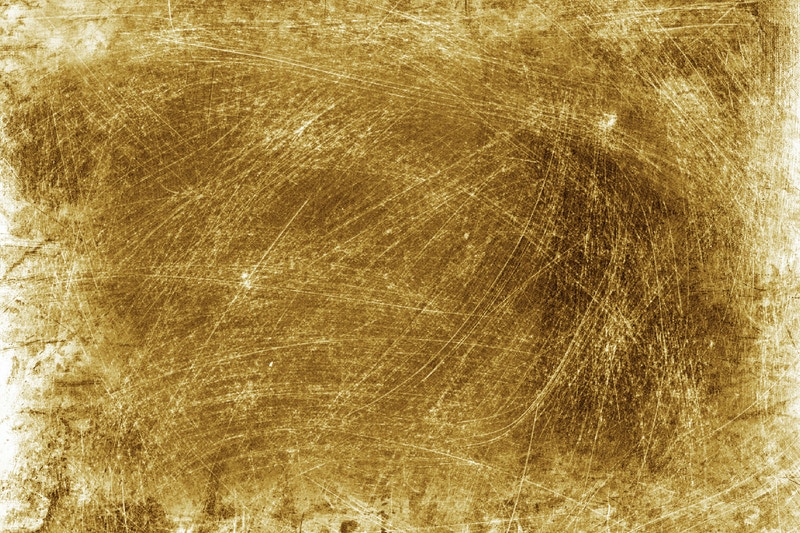

A good printed circuit board makes the world go ’round.
That’s not just hot air. We rely on the uses of a printed circuit board for just about everything these days, from our home computers to the cell phones we’re glued to. The uses of a printed circuit board are wide-reaching, meaning lackluster designs just won’t cut it anymore. Customers expect quality and businesses want to make sure they’re keeping up with changes in expectation. Circuit board prototyping and manufacturing is better than its ever been and a surefire way to keep a leg up on the competition is to understand the process from beginning to end.
What is printed circuit board manufacturing? Simply put, it’s a modern and efficient way of churning out multiple copies of high-quality circuit board in a short amount of time. Customers are hungry for efficient technology and one of the biggest benefits of our modern manufacturing plant is the ability to combine accuracy with speed. Back in 2013 the revenue of circuit board and electronic component manufacturing in the West ranged at an impressive $43 billion. While this is an impressive figure, this doesn’t mean you shouldn’t be in the know on what separates a good prototype printed circuit board from a faulty one.
A printed circuit board can come in different thickness levels, materials and sizes. These are dependent on the final product being made as well as the goals of the company. Quality over quantity? Thanks to modern technology you no longer have to choose. The most simple printed circuit boards these days are ones that contain the iconic copper tracks or interconnected surfaces. A copper track is a conductive path able to connect points on a board. Also known as a one layer printed circuit board or one layer PCB, these are simple, effective and able to cover a wide range of products.
The uses of a printed circuit board run deep. More complex circuit boards require more layers, circuits and holes. This is where your printed circuit board manufacturing comes in. Instead of wasting materials with failed attempts stencils can give artists and engineers alike a little breathing room when it comes to experimentation. Prototype PCB assembly is designed around the principle that every step of the process matters and shouldn’t be overlooked on the way to a fast final result. Circuit board fabrication will take into account single-sided, double-sided and multi-layered construction.
Surface mount designed printed circuit boards can be incredibly small, up to one tenth of the size of through-hole circuits. The two kinds of construction processes used to assemble a PCB today are through the hole and surface mount. Which one is best boils down to the needs of your brand, though there are upsides and downsides to both techniques. Rigid and flexible printed circuit boards have remained very common since the ‘Auto-Sembly’ process was developed by the United States army back in the 1950’s. Creating a good printed circuit board manufacturing process is a constant learning curve and one that inspires hope in businesses and consumers alike.
Another term to know is ‘trace thickness’. This is a term used to denote the measurement of ounces of copper in a board, the difference of which determines the strength of the current. Sometimes larger is better…and sometimes it’s not! The majority of PCB designers will use either one ounce or two ounce copper, but the maximum amount that can be provided is six ounce thickness. Certain areas on a printed circuit board are able to be gold plated if they’re to be used as contact pads. While a thin gold plating is generally required, a thicker one can be requested for a superior electrolytic process.
PCB assembly is an art form. Make sure your business is one that appreciates the uses of a printed circuit board from the ground up.